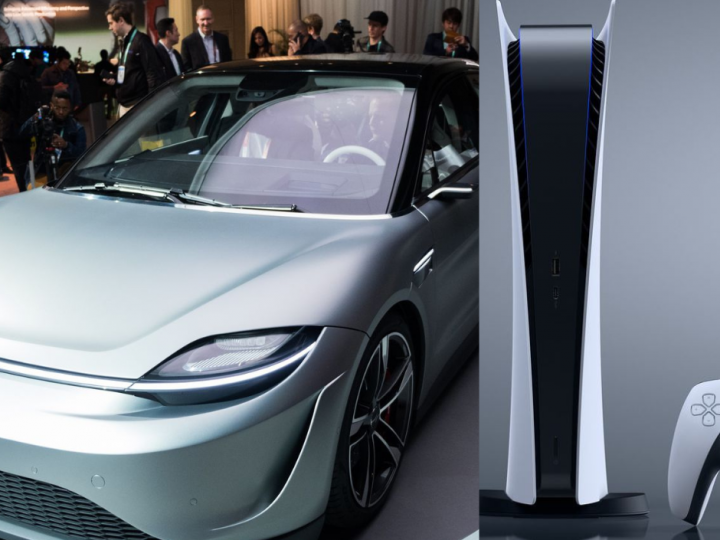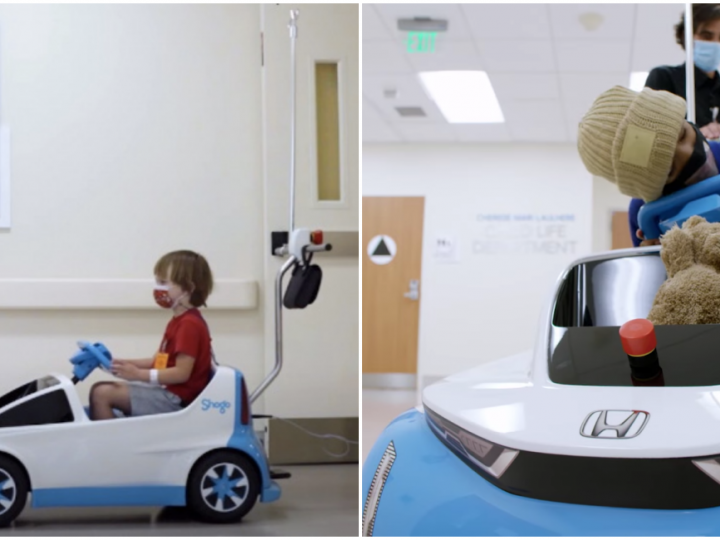Here Are 8 Things You Should Be Looking Out for When Buying a Used Car
 Thirsty for JUICE content? Quench your cravings on our Instagram, TikTok and WhatsApp
Thirsty for JUICE content? Quench your cravings on our Instagram, TikTok and WhatsApp

Let’s face it — in this economic climate, buying a new car is nothing but a distant dream. It just doesn’t make any financial sense!
Used cars, on the other hand, make for a great alternative if you’re in need of personal transport. But like all things pre-owned, there are some red flags you need to be wary of before forking out your hard-earned cash.
Here are eight things to look out for when buying a used car
1. Check out the car’s mileage

It’s important to factor in how much the car you’re looking at has been driven. Usually (not always), when a car has high mileage, it also experiences more wear. An easy way to calculate whether a car has low or high mileage is by dividing the number you see on the odometer by the age of the car. Let’s take a look at an example below.
A four-year-old car has 90,000 km on the odometer:
90,000 (odometer reading) ÷ 4 (age of car) = 22,500.
In most instances, a car drives an average of 24,000 km per year, so your final result should be below that figure if you’re looking for a car with low mileage! If you want to be extra cautious, you can also limit the final value to something as low as 20,000 (but 24,000 is okay, lah). In the example above, we’ve got relatively low mileage. Can jalan.
2. Check for minor wear and tear — it could indicate something a lot more serious
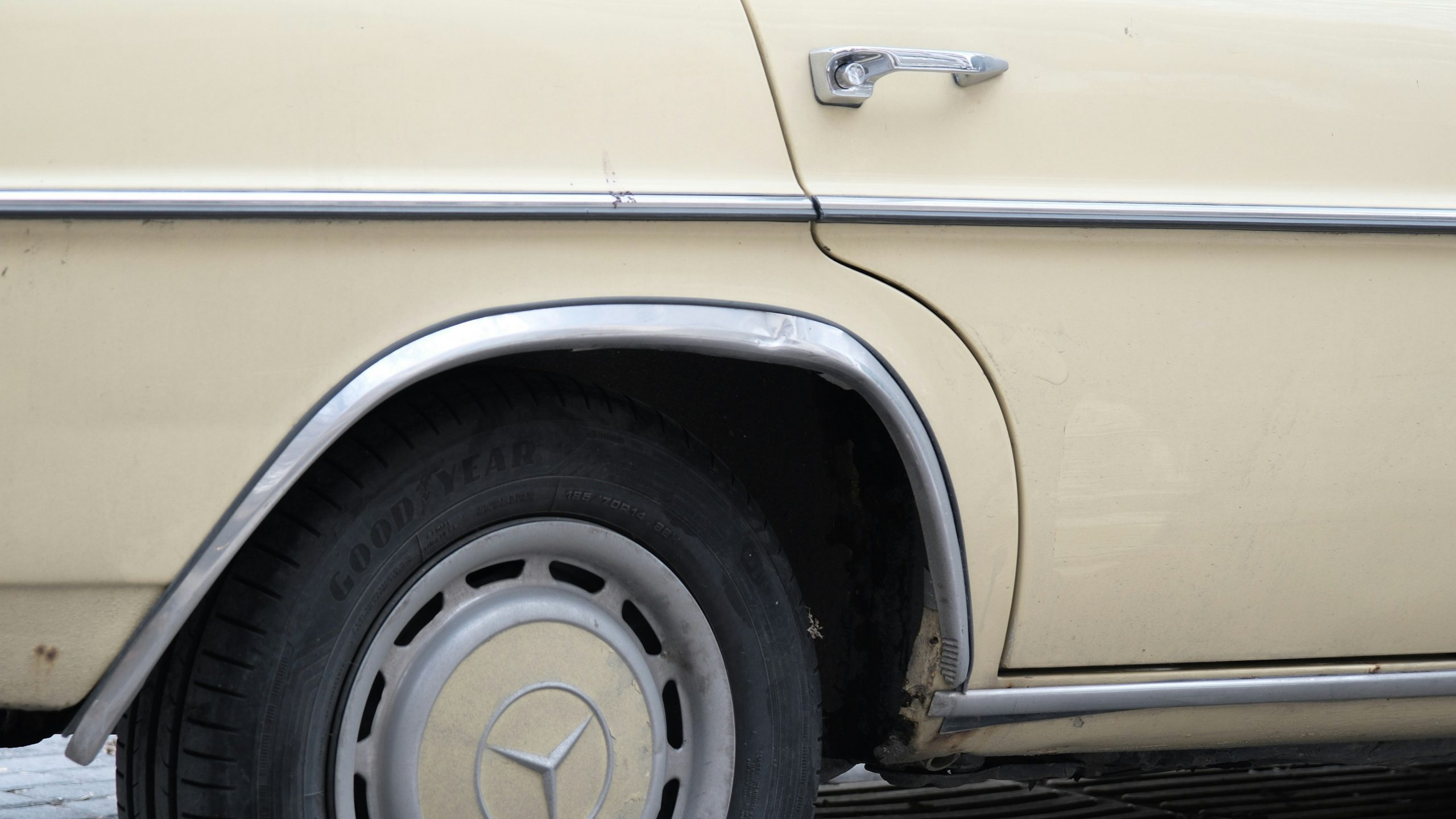
It’s natural for cars to have some slight dings and scratches, especially if they’ve been used extensively by not-so-careful drivers. These things don’t necessarily affect the performance and reliability of a car, but can indicate something more serious. A slight dent on a car’s door, on the other hand, might not be something to be too concerned about. This can even be used to haggle the final price of the car, depending on the dealership.
But if you manage to spot rust, it’s best to RUN. You’re probably thinking you can buff it out and your car will look brand new. While that’s technically true, rust can also affect places that you don’t normally see, like the structural integrity of the car. You don’t want to compromise your safety by driving a rusty metal coffin on wheels, do you?
3. Make sure the tread on all four tyres is even

Those lines you see on your tyres are called tread. They help create grip, keeping your car stable when driving. But since tyres are made of rubber, the tread slowly degrades over time. This is when you’re supposed to replace your tyres, of course! However, if you spot uneven wear on a car’s tyre tread, this could indicate one or more of the following things:
- Poor wheel alignment.
- Steering issues.
- Worn suspension (costly to repair).
- Structural damage to the car (say “bye” to your money).
It can also be caused by doing less-than-legal (and dangerous) things with the car, like drifting and burnouts.
4. Inspect the car’s service record
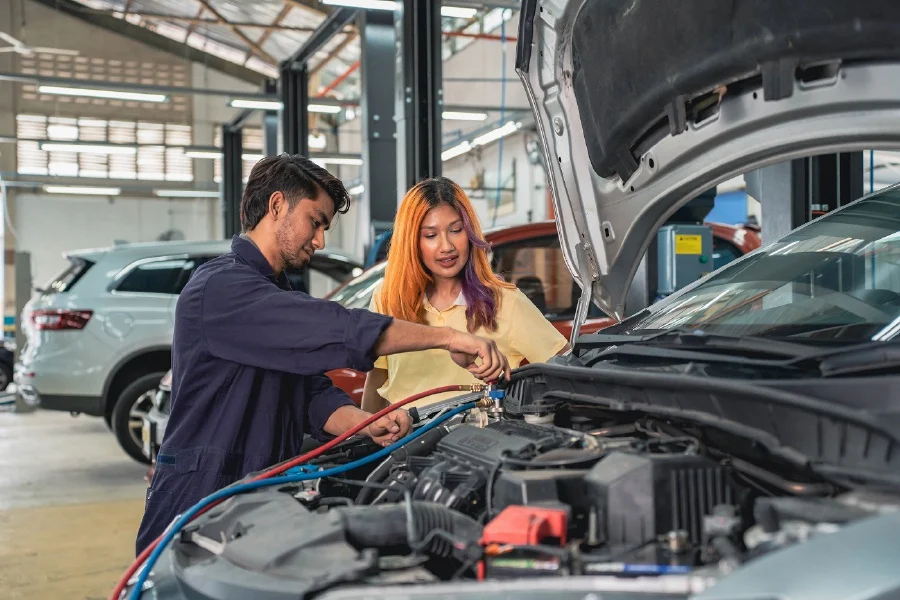
A regularly serviced car is a car well maintained!
The general rule of thumb is to send a car in for servicing every 10,000 km or every year (whichever comes first). When looking at a car’s service record, look out for the dates of service. They will usually indicate the mileage that the car has already done at the time. If all things add up, you’re good to go.
If there is NO service record, there’s no real way of telling if the car was maintained well or not. At this point, move on to another car. You don’t want to take a big financial (and safety) risk.
5. Look for tell-tale signs of fluid leaks, rust, and corrosion in the engine bay
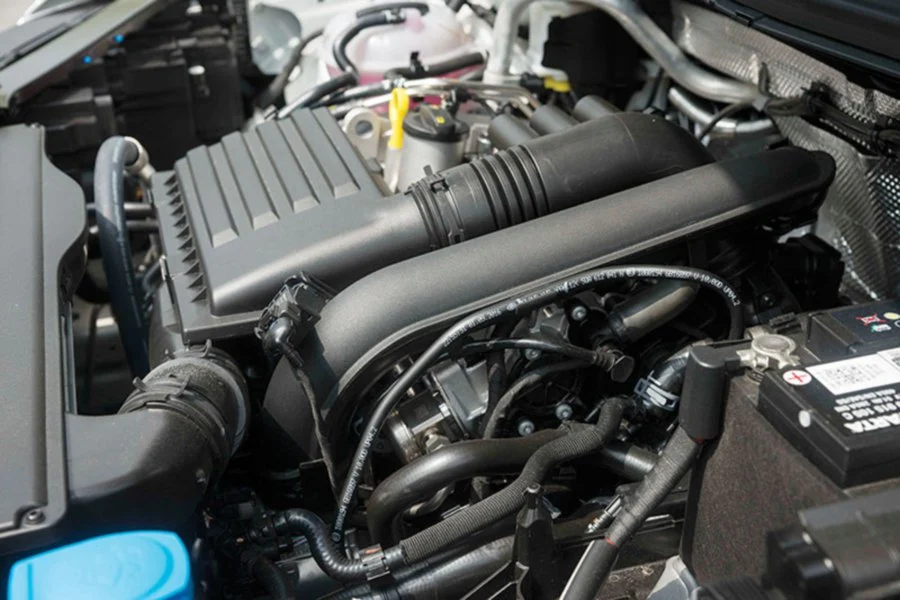
When the engine is turned off and cool to the touch, look out for fluid leaks, signs of rust, as well as corrosion. These things could spell a costly disaster for the car. In the worst of cases, it could mean a total loss further down the road.
If you’re still unsure of what to look for, take as many detailed photos of the engine as you can and send them to a trusted mechanic for closer inspection. While this isn’t the most practical solution, it sure beats out any potential surprises after buying the car.
6. Take a good look at the car’s infotainment system (if any)

Most modern cars come with a central screen that allows you to control your music playback, navigation, and other system settings. At the bare minimum, you’ll get radio controls. Fiddle around with all the infotainment buttons you can find just to make sure they’re not too worn out with extended use.
While you’re at it, go through the various menus to familiarise yourself with the infotainment system, especially if you’re serious about buying that particular car. If it’s too complicated (or too sparse) for your preference, consider other options.
It might not seem like a big deal, but you’ve got to remember that you’ll have to live with this infotainment system throughout the entire ownership period. Treat it like a mobile phone. Small things make a big difference.
7. Be wary of unnecessary modifications

We’re not saying that car-modding is bad. It’s really all about personal preference and identity. Performance-based modifications can actually improve a car.
However, when looking at a used car that’s already been heavily modified, you run the risk of certain parts not being as reliable as they should be. This ties in with the service record as well, since mods don’t necessarily account for performance improvements. In fact, some cosmetic modifications (like spoilers and cutouts) can pose huge risks, especially when fitted improperly.
Lowered cars also run the risk of having their undercarriages damaged. Do we really need to explain this, especially with our Malaysian road conditions?
Other modifications, like new exhaust systems, just cause a nuisance (and aren’t necessarily legal either). Avoid farty-sounding exhausts — unless you don’t have any friends or neighbours.
8. Take the car out for a test drive

If you’re shopping at any reputable used car dealership, you shouldn’t have any problems securing a quick test-drive session with the car you’re interested in.
This is a good opportunity to preview what driving the car is like on a daily basis. Test out the acceleration, brakes, as well as steering. Take mental notes of what the car feels like in motion. If you’ve got someone else with you, get their feedback as a potential passenger. Is it comfy? Is it fast enough? Does it feel reassuring around corners? How does it handle speed bumps? Ask yourself all these questions.
Of course, when test driving a car on public roads, be sure to drive safely and obey all traffic laws. You might be liable for any damage you cause — very sayang if you don’t even own the car yet.
Let us know what tips you have for buying used cars!
As always, be courteous on the road, use your signals, and drive safe.


 Get Audio+
Get Audio+ Hot FM
Hot FM Kool 101
Kool 101 Eight FM
Eight FM Fly FM
Fly FM Molek FM
Molek FM